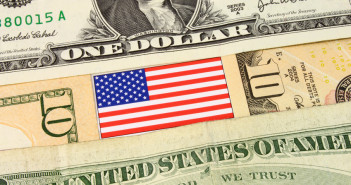The good news is that the slowdown in March was a blip: only 79K jobs gained according to the revised data. The excuse about the weather has turned into a valid reason. The job gains in April, 211K, shows a positive trend. However, the full employment theory does not seem to hold: big job gains and weak wages – still lots of slack.
This is easy to see with the setback in year over year wage rises. At 2.5%, we are falling a few months to the downside. With the downwards revisions for the previous months, we now learn that the early excitement was incorrect not only because of the recent setback: wages were not rising so fast last time either.
With a drop in the underemployment rate and a rise in the employment-to-population rate, one can find positive data in the report. The US economy is absorbing more workers that were on the fence. Also, some workers that worked part-time involuntarily are now in a full-time job.
But there still is a long way to go.
Hard to see a hike
The Fed has two mandates, employment, and inflation.
The Fed can easily see through the drop in the unemployment rate. It would have fallen to 4.4% if it were not for yet another setback in the participation rate. After a few months at 63%, we are sliding back to 62.9% this time. If employers would find it hard to find employees, wages would have gone up.
There is a good correlation between core inflation that the Fed cares about and wages. If workers do not have more money in their pockets, they will not push prices of non-essentials higher.
So, if we are far from full employment and core inflation is not rising, there is absolutely no urge to raise rates.
On this background, we could see Fed officials cooling down on raising rates in their upcoming speeches.
And, the dollar has room to the downside.
